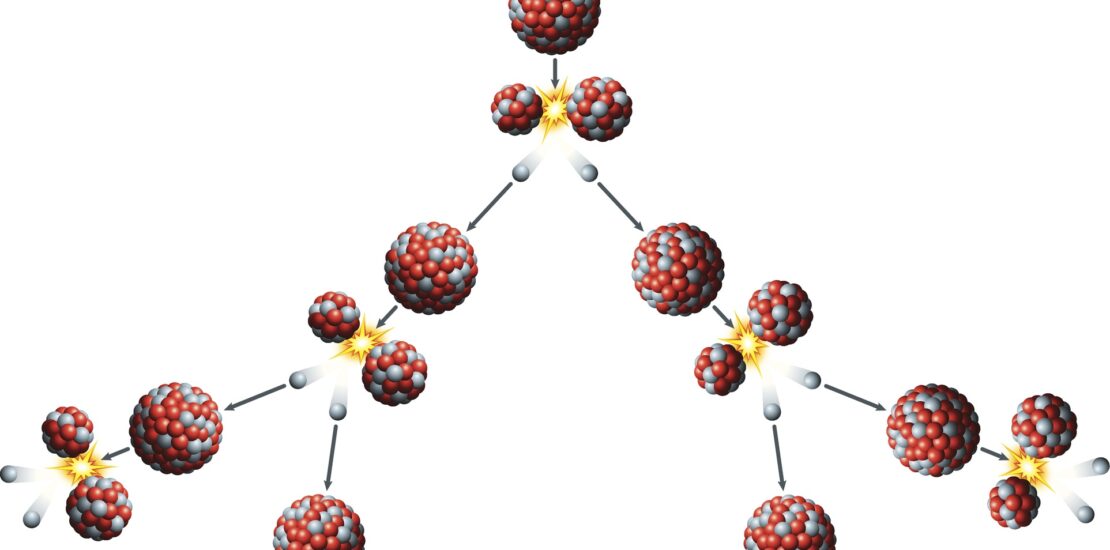Understanding the Sales Force
-
New Data – Are Experienced Sales Managers Better Sales Managers?
- June 25, 2018
- Posted by: Dave Kurlan
- Category: Understanding the Sales Force

Last week I wrote a revealing article which showed that Sales Managers are even worse than I thought when it comes to coaching their salespeople. That article stimulated this great conversation on LinkedIn.
Following that article I dug further into the same 9,000 rows of data to look at the role that tenure and experience have on sales management effectiveness. Who do you think are more effective – newer or more experienced sales managers?
-
The Latest Data Shows That Sales Managers Are Even Worse Than I Thought
- June 18, 2018
- Posted by: Dave Kurlan
- Category: Understanding the Sales Force

Today we’re diving into sales management and specifically, the Sales Management Coaching Competency. What you read will surely disappoint and shock you and might even cause you to puke in disgust.
-
Sales Playbook and CRM Problems – What the Data Tells Us
- June 6, 2018
- Posted by: Dave Kurlan
- Category: Understanding the Sales Force

That leads me to the growing demand for Sales Playbooks. Companies want them, get excited about them, believe they are important, pay tens of thousands of dollars for them, and invest many hours collaborating for a successful final document. You won’t believe the wasteful things that happen next!
-
New Data Shows How Relationships and the Need to be Liked Impact Sales Performance
- June 4, 2018
- Posted by: Dave Kurlan
- Category: Understanding the Sales Force

In my most recent article, I shared data that showed a chain reaction would occur when salespeople have more than one major weakness in their Sales DNA and the second major weakness is their tendency to become emotional. As a trigger, the first major weakness causes the salesperson to become emotional, at which time their listening skills become compromised.
That article can be found here and as of this writing nearly 6 dozen LinkedIn subscribers have contributed some very insightful comments here. Their comments inspired me to dig even further and look into the correlation between relationship building that salespeople do and their need to be liked. In this study, even I was surprised by what I found!
-
New Data Shows Sales Weaknesses Cause Powerful Chain Reactions in Salespeople
- May 30, 2018
- Posted by: Dave Kurlan
- Category: Understanding the Sales Force

I have written extensively about Sales DNA over the years and today we will view Sales DNA from the perspective of sitting inside of a chemistry lab.
Sales DNA is the combination of strengths (or weaknesses) that support (or sabotage) the execution of sales process, sales strategy and sales tactics. Objective Management Group (OMG) measures and includes the 6 most powerful of those strands of Sales DNA in its 21 Sales Core Competencies. While I usually discuss the impact of these weaknesses, we have never conducted a lab experiment like this before!
-
10 Reasons Why Parents of Toddlers Make Better Sales Coaches Than Sales Managers
- May 24, 2018
- Posted by: Dave Kurlan
- Category: Understanding the Sales Force

Toddlers watch Sesame Street, play with blocks, take baby steps, constantly ask ‘why’, eat food that has been cut into tiny bite size pieces, love to start with dessert, and love to have fun. Their parents make sure they are comfortable, help them overcome their fears, work to prevent resistance and emotional meltdowns, and teach them as they go about their business.
What does any of this have to do with sales and sales leadership? Read a bit more and I’ll explain.
-
What You Should Never Do on LinkedIn to Do Business with Your LinkedIn Network
- May 16, 2018
- Posted by: Dave Kurlan
- Category: Understanding the Sales Force

I don’t know about you but for every benefit I get from LinkedIn, I get an equal amount of frustration. Some people, like me, have criteria for who they will invite and whose invitation they will accept on LinkedIn. How many times has this happened to you?
Someone invites you to join their LinkedIn network or asks if they can join yours. You accept. And then it happens…
-
Eliminate Delayed Closings Once and for All
- May 14, 2018
- Posted by: Dave Kurlan
- Category: Understanding the Sales Force

A long time ago I realized that in the suburbs outside of Boston, new leaves reach full size each Spring on May 11. This year, with the cold April we endured, May 11 came and went and the leaves were delayed.
That said, spring leaves on May 11 are exponentially more predictable than pipeline opportunities. Why might an opportunity not close when it was forecast to?
Technically, there are seven possibilities:
-
Discovered – Data Reveals the Second Biggest Obstacle to Closing More Sales
- May 7, 2018
- Posted by: Dave Kurlan
- Category: Understanding the Sales Force

Whichever way you turn, wherever you look, and whatever you listen to there is data. Polls, surveys, metrics, analytics, analyses, white papers, graphs, charts, infographics, tables, spreadsheets and more. There is data everywhere. 5 of my last 10 articles were based on data and I know that my regular readers love the articles that are based on data so I am writing about data again today.
-
Discovered – Data Reveals the Biggest Obstacle to Closing More Sales
- April 30, 2018
- Posted by: Dave Kurlan
- Category: Understanding the Sales Force

Humans have been waiting for thousands of years to discover the secrets of life. Why are we here? Why do bad things happen? What happens after we die? Is Heaven real? What is God’s plan for us?
While many experts have attempted to answer all of these questions, most of us lack proof. There’s no data. If we wake up tomorrow morning and suddenly there are not only answers to these questions, but science-based proof, that would be a game-changer for us.
Likewise, every day most companies try to determine why their salespeople don’t close more business, why so many opportunities die on the vine, and what they need to do differently to change their results. They try everything! Most leaders think it’s an issue of closing skills. It’s not. Others think it’s about prospecting. While that has an impact on the size and quality of the pipeline, it has little to do with results. But I have discovered the cause, will show you the data, and discuss how to fix it.
